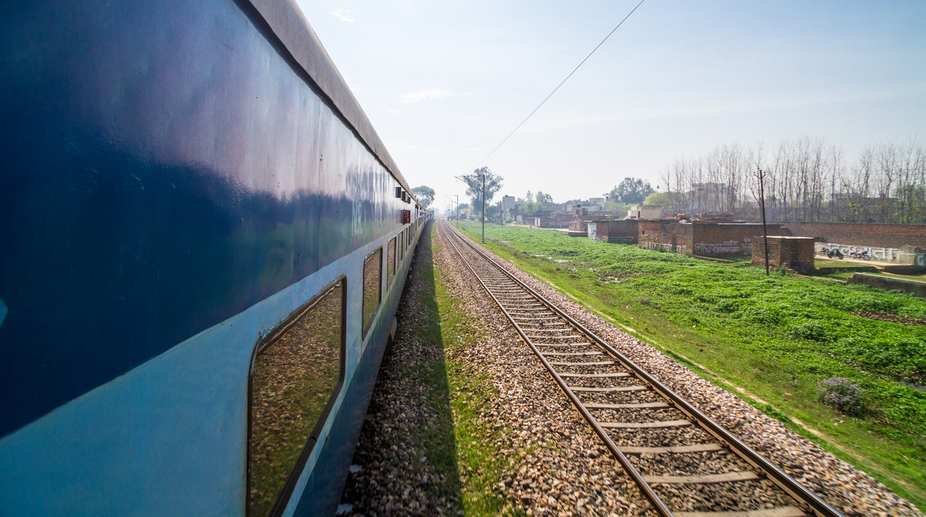State building Muriganga bridge without help from Centre: Mamata
The Centre has not given a single paisa to hold Gangasagar mela scheduled to be held from 8-17 January, chief minister Mamata Banerjee said today.

Representational Image (Getty Images)
A mathematical formula will be used to optimise the productivity of passenger trains by determining the number of locomotives required for each train, the railways said on Friday.
The railways has a fleet of about 3,300 electric and diesel locomotive passenger trains across the country. Locomotives are deployed to run passenger trains through cyclic schedules called locomotive links.
Advertisement
Hitherto, locomotive links were being manually prepared by the respective 16 zones to operate the allocated trains. “Ministry of Railways, with the help of experts, has evolved and implemented the software-based decision support system to optimise the deployment of locomotives to run passenger trains at an all-India level,” the ministry said in a statement.
Advertisement
“The decision support system utilises a mathematical model to work out the minimum number of locomotives required to run all the passenger trains as per time table while meeting the maintenance and operations requirements,” it said.
A pilot optimisation exercise was conducted by the Transformation Cell of Railway Board, with active participation of all the zonal railways.
This resulted in reorganising locomotive links, which would free up 30 diesel and 42 electric locomotives (costing about Rs 720 crore) being currently run in passenger services.
These 72 locomotives would be utilised to run additional freight trains and earn additional revenue, it said.
The timetabling of passenger trains is a dynamic process in view of periodic changes in train schedules, introduction of new trains and also the change in traction due to ongoing electrification.
So, the railways ministry in budget 2018-19 sanctioned a project to be implemented by the Centre for Railway Information Systems (CRIS) to institutionalise this process of locomotive link optimisation using decision support system software.
Advertisement